|
We awoke on our 10th day on the Shongololo Express near the city of Bulawayo in South Western Zimbabwe. Bulawayo is the second largest city in Zimbabwe with an estimated population of 1.2 million. It was founded in 1840 by a Ndebele King and was captured in 1893 by soldiers from the British South Africa Company in 1893. The Ndebele besieged the city in 1896, but in doing so neglected to cut the telegraph lines into the city. As a result, the British were able to send for reinforcements and the siege ended in 1897. Bulawayo has historically been the industrial centre of Zimbabwe, producing cars, electronic products, furniture and food products. As such it is nicknamed “kontuthu ziyathunqa"—a Ndebele phrase for "smoke arising" because of the smoke stacks from the coal powered electricity generating plant in the city center. We left the train at 9:00am and drove for about 20 minutes from Bulawayo before arriving at the entrance to Matopos National Park. Once we were registered at the park office, we were loaded onto our open safari vehicles - a fleet of aging, but well-maintained Range Rovers. One was a vintage 1960’s model and it was amazing that this vehicle that was more than a half-century old, was able to handle the rigours of everyday use, surviving the African heat and “barely-there” roads. Apparently, Range Rovers are used by this company because of their reliability and easy maintenance. The park was established in 1926 and was named Rhodes Matopos National Park after the founder of Rhodesia (now Zimbabwe and Zambia), Cecil Rhodes. The park is situated in the Matobo Hills, an UNESCO World Heritage Site, so designated because the area exhibits a profusion of distinctive rock landforms rising above the granite shield that covers much of Zimbabwe. As we drove through the park we admired the myriad rock formations that had been formed by the eroding effects of the harsh African weather. Some formations seemed to defy gravity with teetering boulders, stacked one on top of another. As we drove through one area of the park that was relatively flat and covered in grasses and low-lying bush and trees, our guide stopped the small convoy of land rovers near a pair of armed uniformed men. These were anti-poaching rangers and they were protecting a herd of Rhinos that were in the area. Our guide instructed us to turn off our phones, as poachers are known to track tourists’ cell phones to determine current locations of rhinos and elephants. We disembarked from the safari vehicles and followed our guide and the rangers off the road and into the grasslands. We walked in silence for about a kilometer, traversing from the grasslands into a bushy area and proceeded for about another 500 meters. Finally, we came to a stop and our guide pointed to a group of small acacia trees about 20 meters away. Just behind the acacias, was a group of 5 White Rhinos. While this wasn’t our first sighting of Rhinos on our African adventure, it was the first time that we weren’t sitting in a safari vehicle and viewing from a relatively safe distance. What an awesome experience! We stayed with the Rhinos for nearly half an hour before making our way back to the main road. As we headed back to our vehicles, our guide revealed to us that most parks will remove the horns of adult rhinos (which grow back over a period of time) on a regular basis. They do this in a way that doesn’t harm the animals. This is to try and prevent poachers from killing rhinos in order to harvest their horns. The horns that are removed by the parks are stockpiled. Many African countries have been lobbying to allow the sale of the stockpiled horns in an effort to curtail the prevalence of poaching. Creating a legalized market for horns and tusks that have been humanely removed would satisfy the black market since there are hundreds of tons currently stockpiled. They argue that the proceeds from the legalized sale of horns and elephant tusks could go back into the preservation of diminishing rhino and elephant populations. So far, the western world has resisted those proposals. When we returned to the vehicles, we continued our drive through the park and moved into hillier terrain as we approached our destination - a visit to one of the many spectacular bushmen caves that are dotted in the Matobo Hills. We parked in a small opening and dismounted the vehicles. We walked along a stone path, lined by thick bush and vegetation, that led upwards to an opening in the side of the granite hill. The cave opening was large and led into a natural, amphitheatre-like room. The curved ceiling was nearly two stories high at its centre. The walls and ceiling were covered in faintly-coloured paintings that depicted the life of the San (bushmen) who had last occupied these hills more than 2,000 years ago. Relics, clay ovens and other artefacts have been found in the hills that date back to the Pre-Middle Stone Age around 300,000 years ago. Our guide, Ian, had been visiting and studying the bushmen and their caves for nearly 30 years. He was extremely passionate about the San and has spent time with them, even learning their unique language which consists entirely of clicking sounds. While there are still a few San left, they have been nearing extinction, still preferring to live in nature and away from urban areas. We walked back down the hillside toward the parking area and entered a small block building that served as a museum and housed many of the artefacts that had been discovered in the surrounding area. After a brief visit, we climbed into the Range Rovers and drove further down the hillside eventually coming to a road that followed a meandering river. We drove along the river to a camp site surrounded by a group of large trees. Tables had been set under a couple of the larger trees and hot and cold buffet dishes were spread across the tables. We helped ourselves to the food and found a spot in the shade to sit while we enjoyed our lunch. After lunch, we boarded our vehicles and drove to Malindidzimu, the hill on which Cecil Rhodes is buried. The hill is also a traditional indigenous burial ground and the legendary place of benevolent spirits. This is where Rhodes used to rest and dream of his beloved Rhodesia (now Zimbabwe). His grave, and several others from his era, are dug into the granite at the top of Malindidzimu, surrounded by giant granite boulders. There is a magnificent 360-degree panoramic view of the mountains and valleys that surround this hill. While the graves are quite simple and their location not easy to get to, the trek is well worth it. He once described the view from this hilltop as “the view to the world” - after being there, we would wholeheartedly agree. We left the gravesite in mid-afternoon to return to the train which was about a 1/2 hour drive away. We capped off another wonderful day in Africa with a traditional gin and tonic in the observation car before preparing for our meal in the dining car.
If you are considering visiting Zimbabwe, please contact us for expert advice and assistance. Continue to Day 16 - click here
0 Comments
We woke up on the 9th day of our African train trip in the city of Gweru situated close to the middle of Zimbabwe. Gweru is the 6th largest city in Zimbabwe with a population of approximately 150,000. It boasts the largest University campus in the country. Britain’s influence on the education system in Zimbabwe has led it to being the most literate country in Africa. According to our guide PJ, from 1980 to 2001 the syllabus for Zimbabwe universities was controlled by Cambridge University. One of the fascinating ironies of Zimbabwe is despite its high level of literacy and long-standing focus on education, it remains one of the most impoverished countries in Africa. After taking breakfast in the dining car, we left the train and boarded our bus for the short 20-minute drive to today’s destination - Antelope Park. The park is set in over 3000 acres of open savannah grassland and is a unique game reserve that is home to the world-famous African Lion and Environmental Research Trust (ALERT) lion rehabilitation programme. As we disembarked from the bus and walked toward the magnificent grounds surrounding the various thatch-roofed buildings comprising the lodge at Antelope Park, we were greeted by the rhythmic sounds of traditional African music and song. Following our musical welcome, we gathered in an open grassy area where we were served tea, coffee and pastries and given a briefing of the park, its purpose and the impact of the ALERT lion rehabilitation programme. ALERT is a multiphase lion conservation initiative that is working to ethically re-introduce the offspring of captive-bred African lions back into the wild. The first phase of the initiative is rehabilitation, where cubs born to captive-bred parents are hand-raised in a controlled environment. Part of the rehabilitation involves the cubs being taken on human-led walks in their natural habitat between the ages of 3 and 18 months. The second phase of the initiative involves releasing the lions as prides into fenced, managed game reserves, where they live as a wild pride – hunting and breeding naturally without human interference. During this phase they are monitored closely to determine how they are interacting socially as a pride. The final phase of the program is reintroduction where cubs born to parents that were acclimatized to their natural environment in the second phase are reintroduced to the wild in national parks and reserves that are seeking to restore lost, or augment declining lion populations. After our briefing we were given an overview of the activities that were available for us throughout the day. While there were a wide variety of activities offered by the park, including canoeing, game drives, horseback game viewing, elephant interaction, bird-watching cruises and carriage rides, the one that we had been excited about and most looking forward to since we first started planning our African adventure was the Lion Walk. While the Lion Walk was our top priority, we had nearly 2 hours before it was scheduled to start so we also booked the Lion feeding, and then a couple of activities that we would do in the afternoon - elephant interaction and afternoon game drive. The lion feeding is a spectacular, albeit disturbing event, that gives a glimpse into the ferocious nature of lions competing for food in a quasi-natural setting. Unlike zoo lions that are fed measured amounts of food at the same time every day, lions in nature will eat only when they make a kill and will gorge themselves on that kill as it may be several days to a week or more before they make another kill. The lion feeding at Antelope Park attempts to demonstrate how lions would feed in the wild. A group of 4 male lions are released from a living space into a large rectangular fenced area where an animal carcass has been placed near the fence at the opposite side to where the lions enter. The lions rush towards the carcass, roaring ferociously, attacking it and competing for the best portions of the meat. Each group of 4 male lions is fed this way once a week. Spectacular, dramatic and quite disturbing. The Lion Walk was the highlight of our day at Antelope Park, and quite frankly, one of the highlights of our trip to Africa. It began with a safety briefing explaining the do’s and don’ts of the lion walk. For instance, it is important not to run or panic - this is a sign of weakness and identifies you as prey. Don’t crouch down - again a sign of weakness - standing tall above the lion is a sign of dominance. It is also important to always be alert and know where the lions are. They are stalkers and will watch and stalk you if you are unaware. It is also important to stay in the group. When you are walking with the lions in a group, you are part of their social pride. Once the safety briefing was given, we were each given a long, thin stick to carry with us. While totally useless as a weapon, raising the stick over your head and speaking firmly at the lion exudes dominance in the event that it is paying too much attention to you. With our sticks firmly in hand we walked as a group for nearly a kilometre to the massive enclosure that represents phase 1 of the alert programme. We went through several gates to the controlled, natural environment, and once we were through, a park ranger led 3 lions - one male and two females, towards our group. The engagement with the lions was surreal. We walked with them, in their natural habitat for over an hour. At times they would sit and we would take turns approaching them from behind and petting them gently. Like family cats, they are social animals and seemed to enjoy the attention. At other times they would pace impatiently around the group. At one point, a petite woman in our group was being stalked by one of the lions and a ranger reminded her to stand tall. At one resting point there was a dead acacia tree that the lions played on for several minutes until one of them noticed a herd of impala in the distance. At once, all three lions spread out in front of us and stood perfectly still, staring at the prey. The herd eventually moved on and we, along with the lions headed back towards the park. This was a truly amazing experience - check out a quick video of our walk here: We returned to the lodge where we had lunch in the outdoor restaurant. After lunch a safari vehicle took us out to the park where we spent about half an hour with 4 magnificent elephants. Elephants have always been one of my favourite animals and I have never been so up close and personal to them as I was on this excursion. We had the opportunity to stand beside them, touch them and feed them. I was amazed at how massive they are, particularly their heads, yet they are so gentle and patient. Equally impressive was how nimble and dexterous their trunks are, grasping peanuts delicately from the palms of our hands. We left the elephants and continued on to our afternoon game drive. This was a bit underwhelming after the Lion Walk experience and because we had been on such incredible safaris at Kruger and Kapama earlier on our trip. After the drive we ended our day at Antelope Park with an afternoon swim in the pool by the lodge. This was a great way to cap off our day and reminisce with our friends who had accompanied us on the Lion Walk. We returned to the train for our red-carpet welcome before we boarded and headed to the observation car for a gin and tonic cocktail. Then off to the dining car for a risotto appetizer followed by a rack of lamb served with rice and cauliflower with pecan pie for dessert.
Another excellent day in Southern Africa! If you are considering visiting Zimbabwe, please contact us for expert advice and assistance. Continue to Day 15 - click here |
Sharing Our Travel DreamsSharing our personal experiences onboard and on the road, along with tips and insight for creating memorable vacations. Archives
March 2021
Categories
All
|
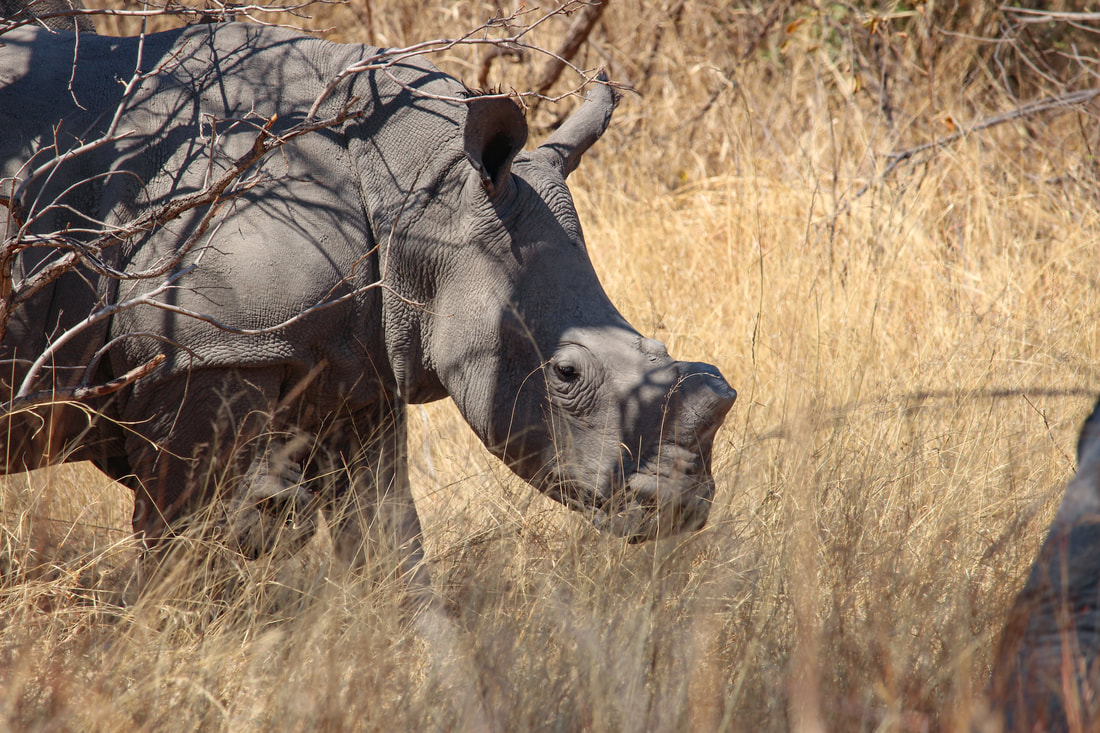


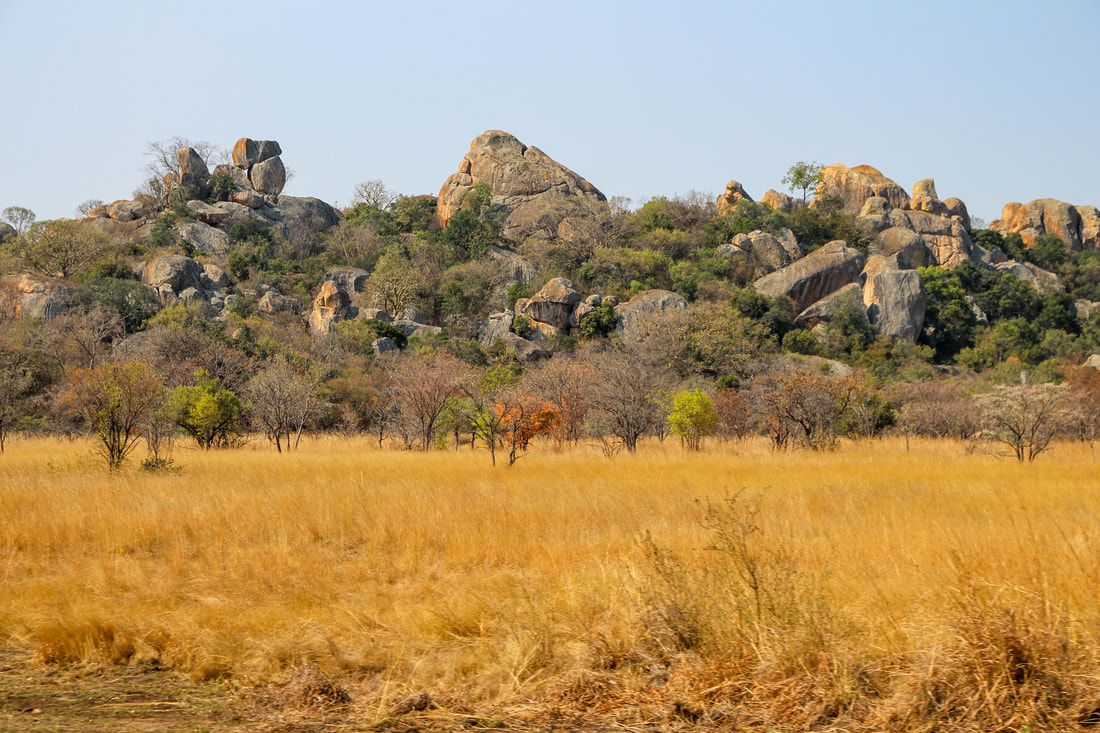

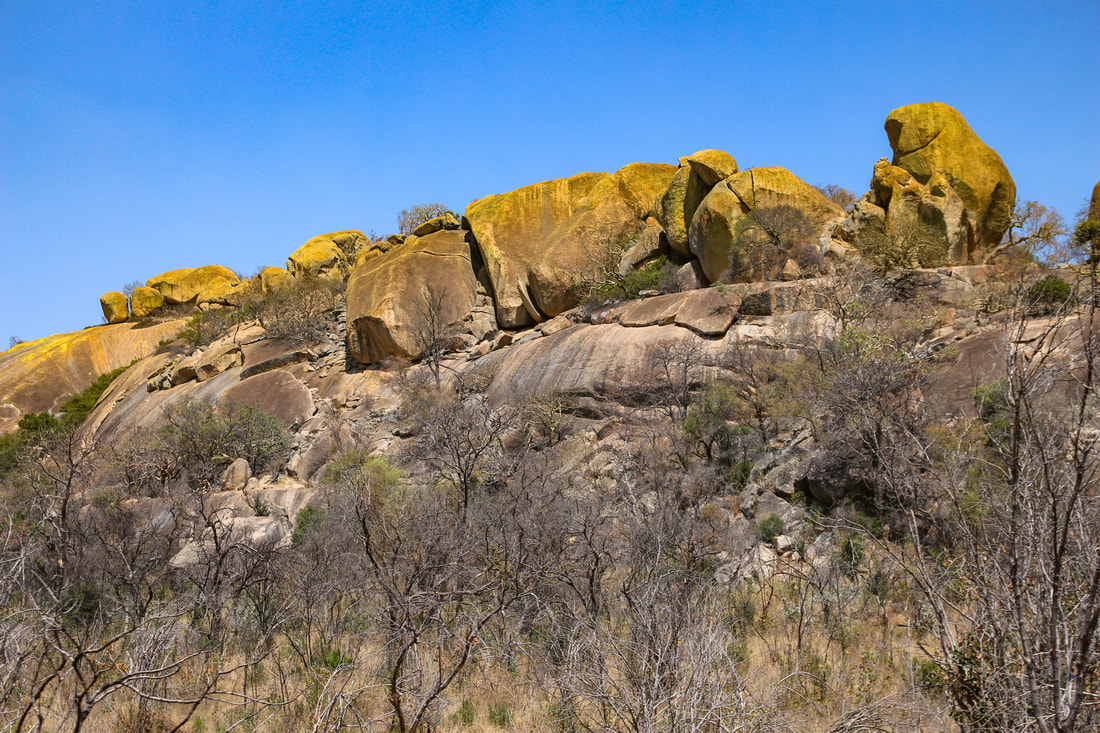

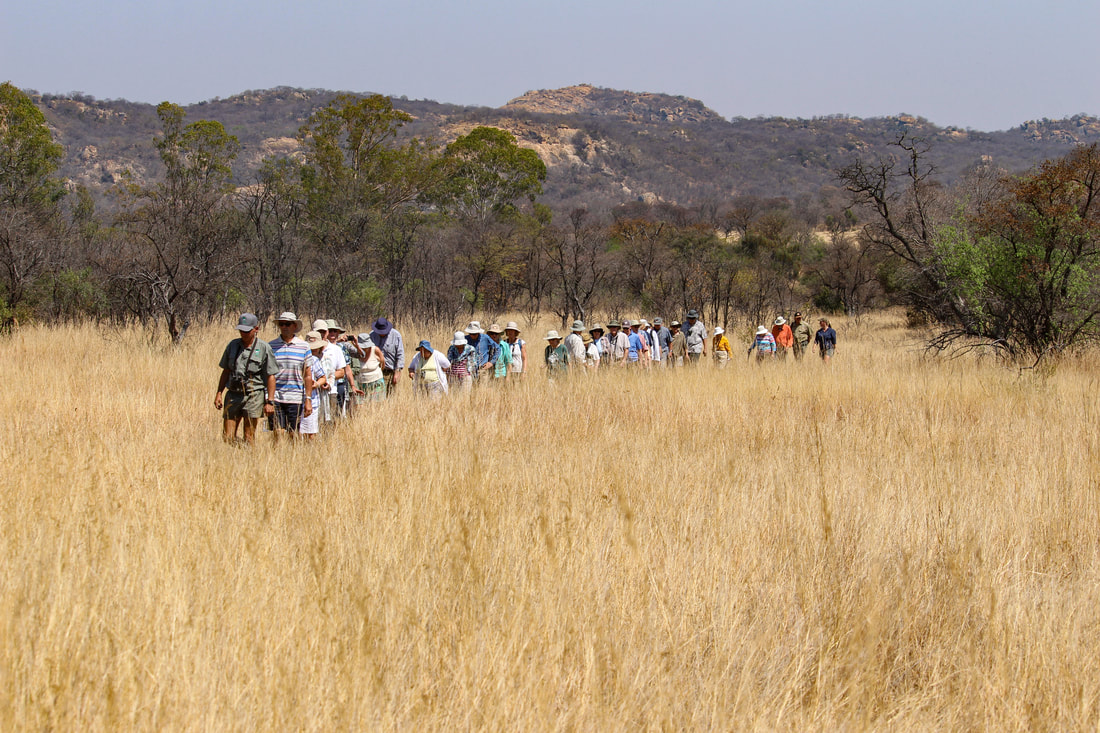


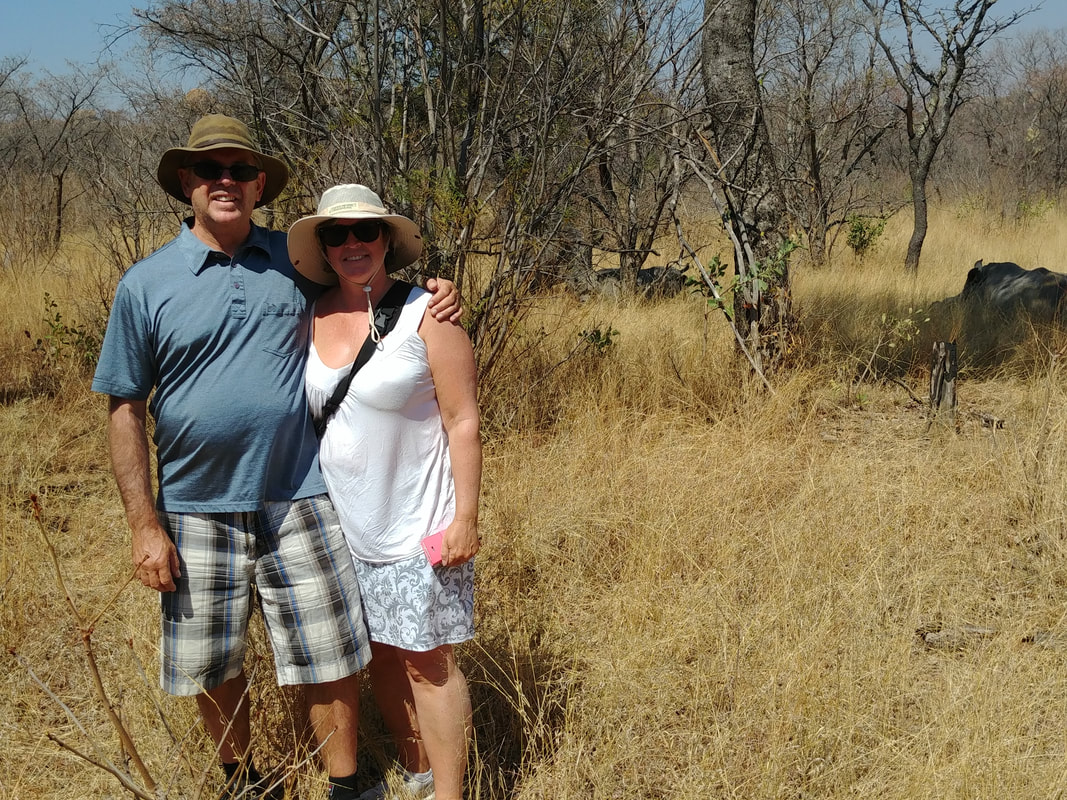





















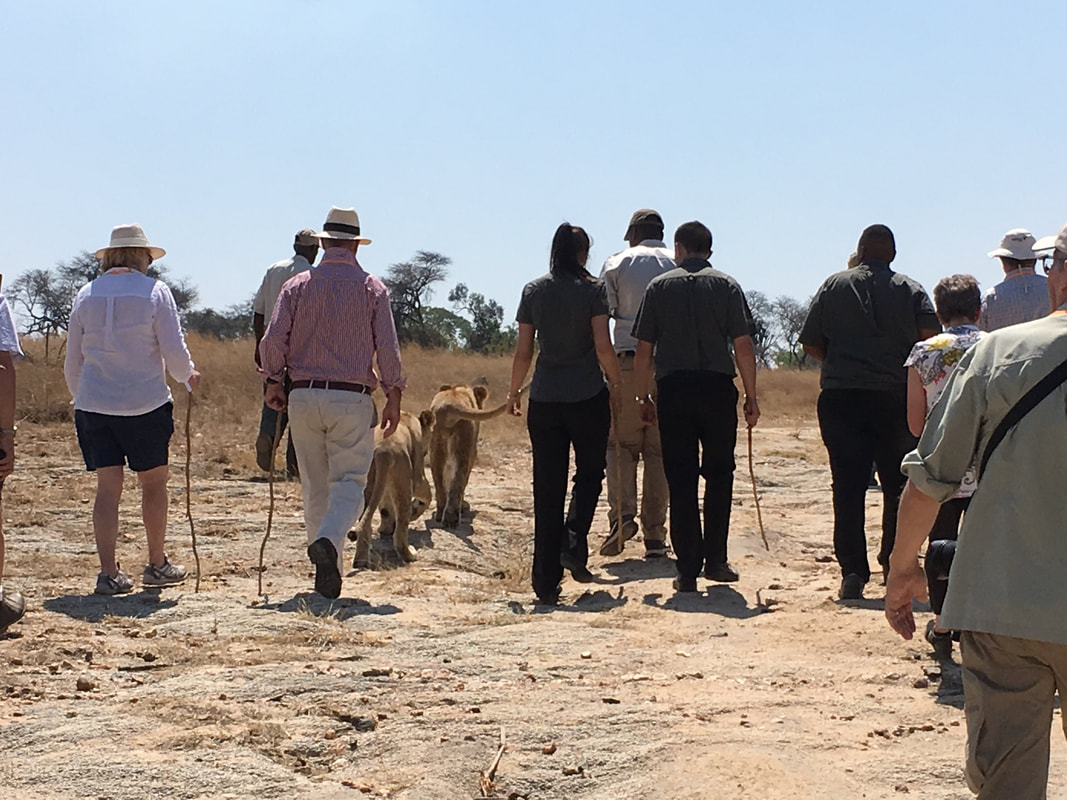

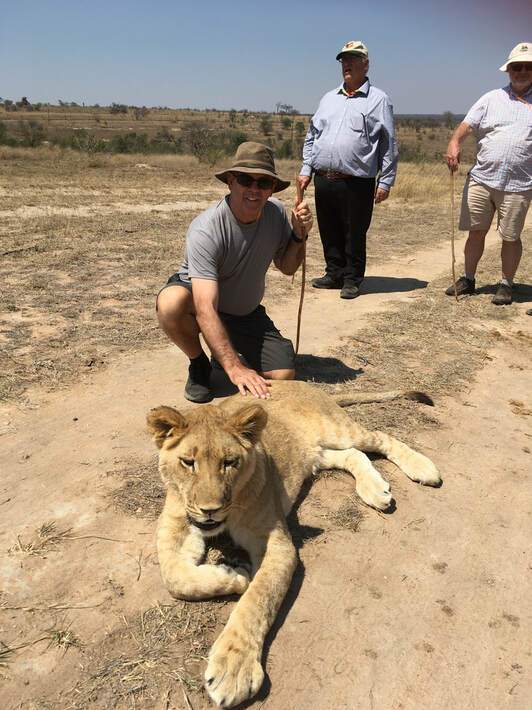

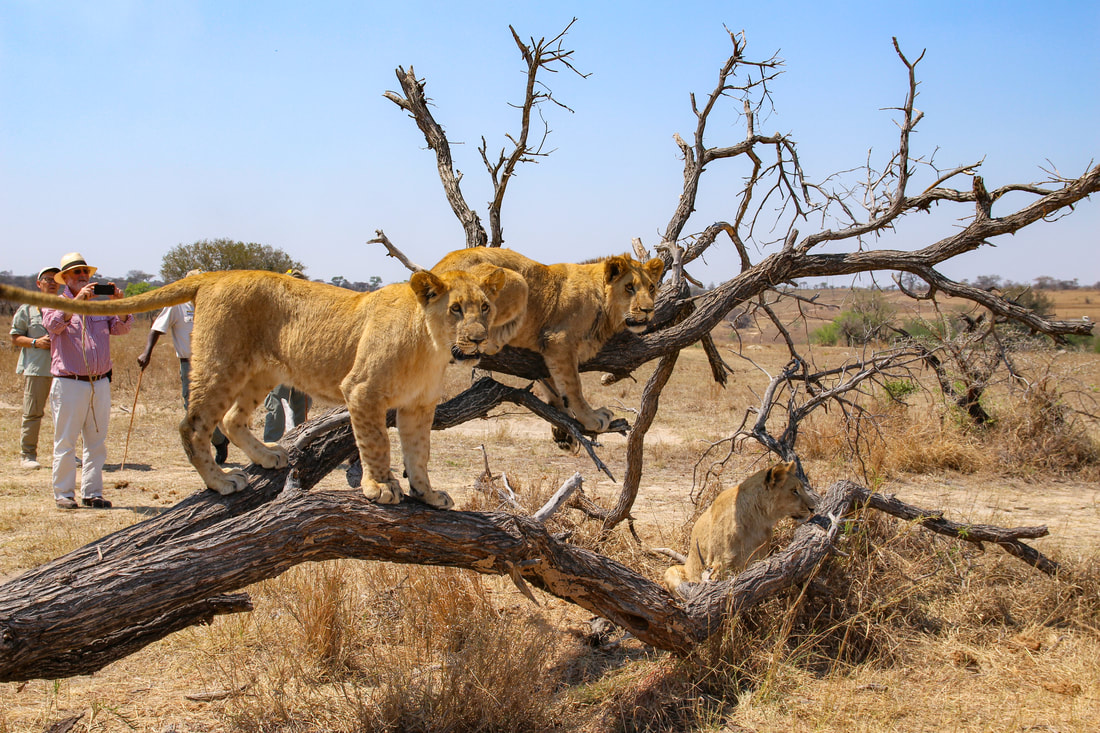





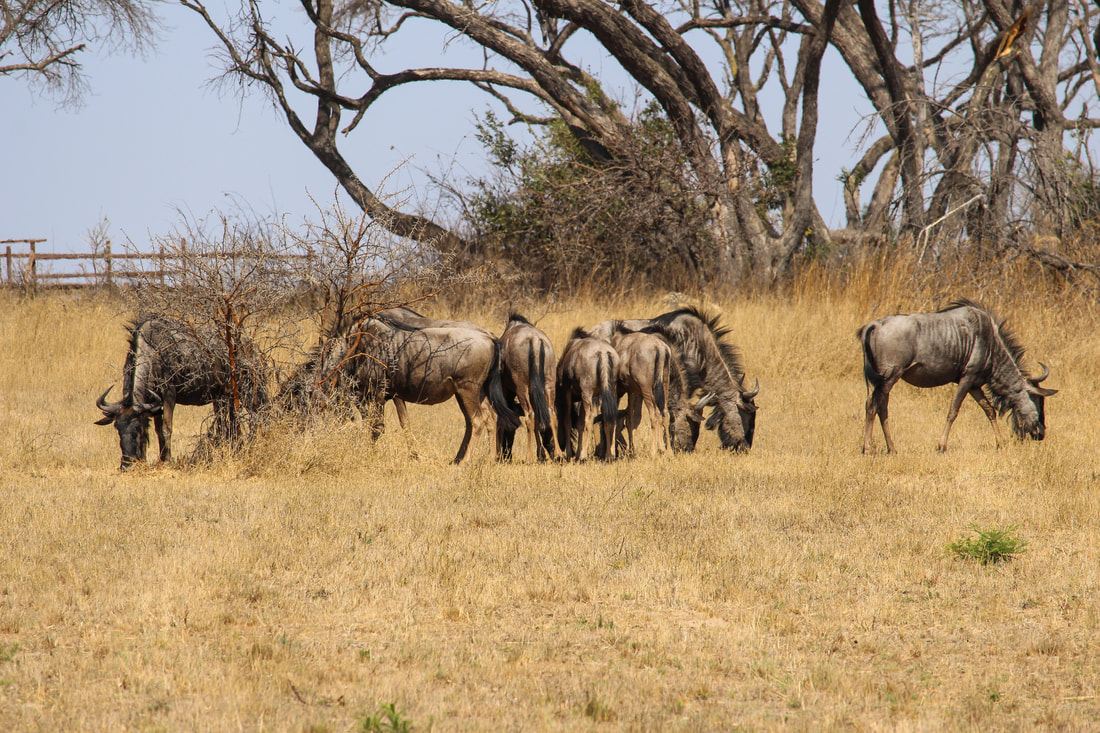


 RSS Feed
RSS Feed